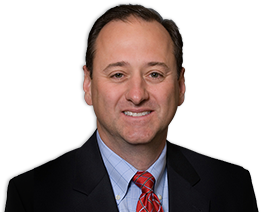Minimally Invasive Lumbar Discectomy
Lumbar discectomy is a spinal surgery that involves removal of damaged intervertebral disc to relieve pressure on the spinal nerves (decompression) in the lumbar (lower back) region. Minimally invasive technique is implemented to perform the surgery.
The lumbar region forms the lower portion of the spine and comprises of five vertebrae (L1-L5).
Indications
It is indicated in cases of severe nerve root compression due to a ruptured disc. Symptoms of nerve impingement include back pain or radiating pain into the hips, buttocks or legs, numbness or tingling sensation and muscle weakness in the back and lower extremities.
Procedure
The procedure will be performed with the patients lying on their stomach. A small incision is made over the lower back and the surgeon gently separates the muscles to access the affected disc. A tubular retractor can be inserted to produce a portal through which the surgeon can perform the surgery. Through the tubular retractor, a portion of lamina, the bony vertebral component that covers the posterior wall of the spinal canal, is removed to expose the compressed area of the spinal cord or nerve roots. Removal of the lamina releases the source of compression from the herniated disc or bone spurs. The complete procedure is known as decompression. After the completion of the procedure, the incision is closed leaving behind a minimal scar.
Post-operative instructions
Recovery period depends on the body’s healing capacity. The post-surgical hospitalization includes the rehabilitation program. If required your surgeon may prescribe pain medications or a brace and follow-up physical therapy upon discharge.
The period of your rest or inactivity depends on a few factors such as the type of surgical procedure and the approach used to access your spine, the size of the incision and presence of any complications. Return to work or normal activity depends on the type of work or activity you plan to perform. Usually 3 to 6 weeks is the ideal time of healing.
Strictly adhere to the post-operative instructions suggested by your spine surgeon to promote healing and reduce the possibility of post-operative complications.
Advantages
Some of the benefits include:
- Very small incisions are placed
- Surgery can be performed in less time
- Minimal damage to the surrounding structures
- Shorter recovery time with less post-surgical complications
- Lower rate of infection
- Greater range of motion with less post-operative pain











